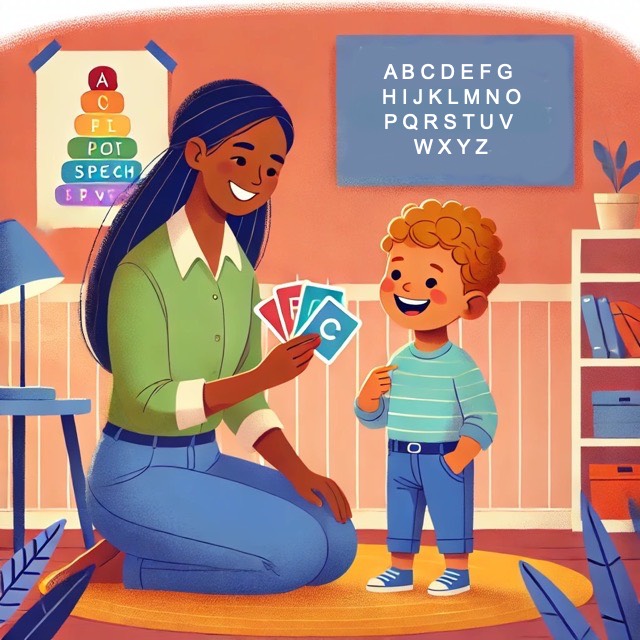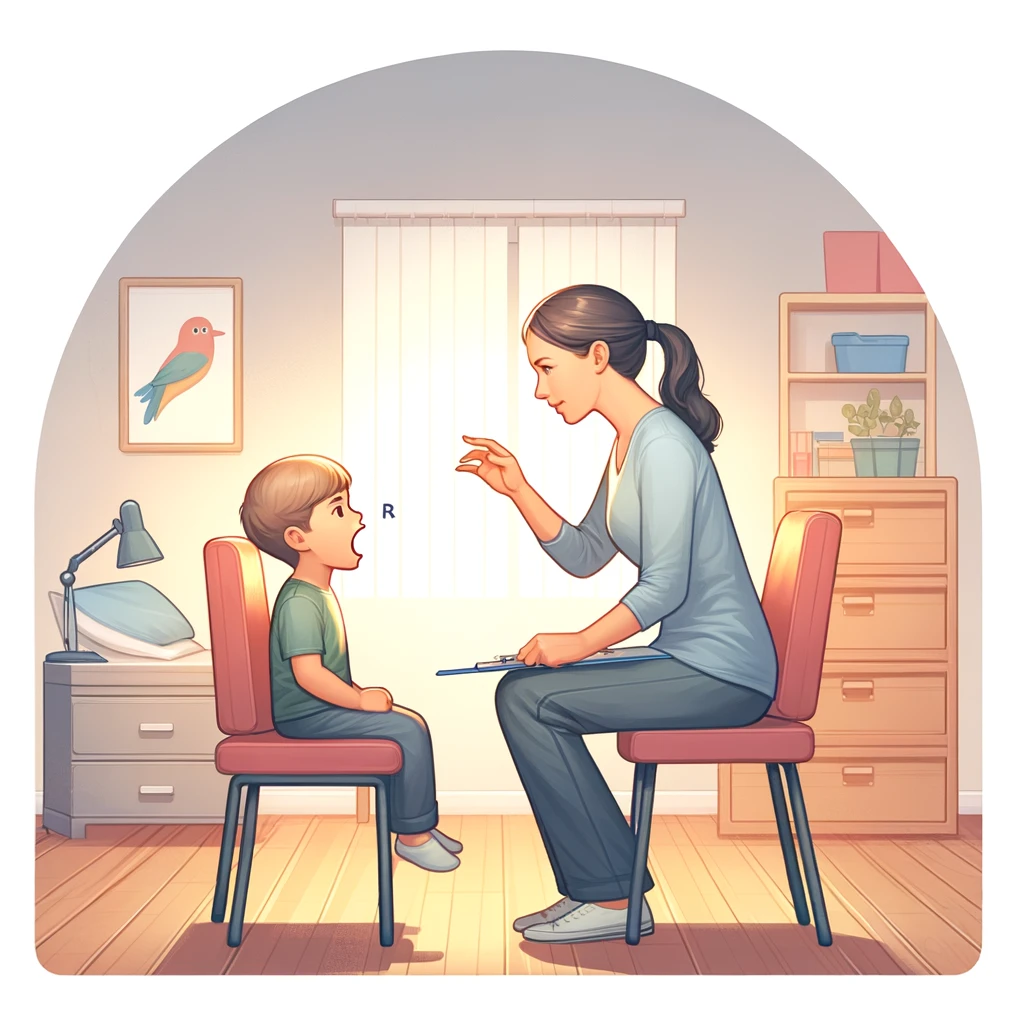Toddler Speech Therapy: A Parent’s Guide
Toddler Speech Therapy is more than just learning to talk—it’s about helping young children connect, understand, and express their world. If your child is having trouble with speech or language, early support can make all the difference. In this guide, we’ll explain what toddler speech therapy involves, signs your child may benefit, and how parents can help at home

What Is Toddler Speech Therapy?
Speech therapy for toddlers focuses on helping children aged 1 to 3 build communication skills. A speech-language pathologist (SLP) works with your child to improve:
- Speech (how sounds are formed)
- Language (understanding and using words)
- Social communication (eye contact, gestures, turn-taking)
- Feeding and swallowing (when needed)
Therapy is often playful and child-led, using toys, books, and routines that hold a toddler’s interest.
Signs Your Toddler May Need Speech Therapy
Every child develops at their own pace. But there are signs that may suggest your toddler could benefit from speech therapy, such as:
Not saying any words by 16–18 months
Using fewer than 50 words by age 2
Difficulty combining words by age 2.5
Trouble understanding simple directions
Limited eye contact or social interaction
Frustration when trying to communicate

If you’re concerned, trust your instincts. A speech evaluation can give you answers and peace of mind.
Benefits of Early Speech Therapy
Starting therapy early can help your toddler:
- Build vocabulary and sentence skills
- Improve clarity of speech sounds
- Strengthen listening and attention
- Boost social confidence
- Prevent long-term academic and emotional challenges
Early intervention is known to be more effective—and less intensive—than waiting. The earlier we start, the better the outcome.
What Happens During a Toddler Speech Therapy Session?
A typical session for toddlers lasts 30–45 minutes and might include:

A typical session for toddlers lasts 30–45 minutes and might include:
- Play-based activities that encourage talking
- Modeling correct sounds or words
- Parent coaching to use strategies at home
- Songs, books, and games to make learning fun
Therapists often work in settings like your home, daycare, a clinic, or through teletherapy. Sessions are personalized to your child’s needs and temperament.
How Parents Can Support Speech Development at Home
You are your child’s first and most important teacher. Here are simple ways to help your toddler talk more:
Talk throughout the day: Describe what you’re doing (“Let’s wash hands!”).
Read daily: Use picture books with simple, repetitive language.
Pause and wait: Give your child time to respond before jumping in.
Expand their speech: If they say “dog,” you say, “Yes! Big brown dog.”
Limit screen time: Face-to-face interaction is key to learning language.
Finding a Speech Therapist for Your Toddler

You can start by talking to your pediatrician, who can refer you to a licensed speech-language pathologist. Other options include:
- Early intervention programs (for children under 3)
- Private clinics and speech centers
- Hospital outpatient programs
- Teletherapy platforms if local options are limited
Make sure the therapist is ASHA-certified and has experience working with toddlers.
Frequently Asked Questions
How do I know if my toddler is delayed or just a late bloomer?
A speech-language evaluation can help clarify this. Some kids catch up on their own, but others benefit from support. Early screening is safe and helpful.
Will speech therapy make a big difference?
Yes—especially when started early. Therapy can improve communication and reduce frustration, helping your child feel more confident and connected.
Can I be involved in the sessions?
Absolutely. Parent involvement is encouraged and often leads to better outcomes. Many therapists will show you how to use techniques at home.
Conclusion
Speech therapy for toddlers can be a gentle, playful, and powerful way to support your child’s development. If you’ve noticed signs of delay, don’t wait—getting help early can open the door to better communication and a brighter future.
